
Pinnacles High Peaks and Starry Sky, Pinnacles National Park, West, California. Sonya7RIV, Sonya7RIV Vertical Battery Grip, Sony 24mm, f/1.4, 10 sec., ISO 800, No Filter
Greetings from beautiful Jackson Hole, Wyoming. I was here teaching a couple of workshops over10 days with beautiful fall color in the aspens and cottonwoods and fresh snow in the Teton Range – doesn’t get any better than this. My wife Beri and my good friend and co-instructor Ron Modra are also with me.
Monday Beri and I tried a night shoot with my new Sony a7RIV and Singh-Ray Astro-Vision Filter at the West side of Pinnacles National Park with the Sony a7RIV, Sony 24mm f/1.4 lens and the Singh-Ray Astro-Vision Filter.
According to Singh-Ray, the new Astro-Vision Filter is specially formulated to help deal with the unwanted light pollution caused by the yellowish-orangish glow from most city lights.
The common use of sodium vapor and mercury streetlights through-out the world, causes light pollution during your night cityscapes and Astro-photography shooting. With less than a ½ stop of light reduction, it will give your night-scene a more realistic image of what you see with your eyes. Using the same high quality of glass as other Singh-Ray filters, there will be absolutely no loss in sharpness or image quality, no matter what lens you use.
After testing, I can say the filter does exactly as advertised. I was shooting towards the west looking at the High Peaks. Behind those peaks is the Salinas Valley and the cities of Soledad and King City. That was creating a lot of ambient warm light just above the peaks and the Astro-Vision filter cleaned it up very impressively.
Hopefully the accompanying images will demonstrate. These were synced settings in Lightroom – any variance in exposure was more-than-likely a miscalculation by yours truly.
You will also get a chance to see how the Sony a7RIV handled noise at high ISO’s. I did have High ISO Noise Reduction turned-on in-camera. I shot AWB in RAW mode and set my White Balance to 4000K in Lightroom (this is just a personal choice).
NOTE: I did not test for any star-eating by this new sensor. I’ve heard the rumors and I know that I will be asked but rest-assured that if there are any issues, the Sony engineers will be on it and send a fix via a firmware upgrade.
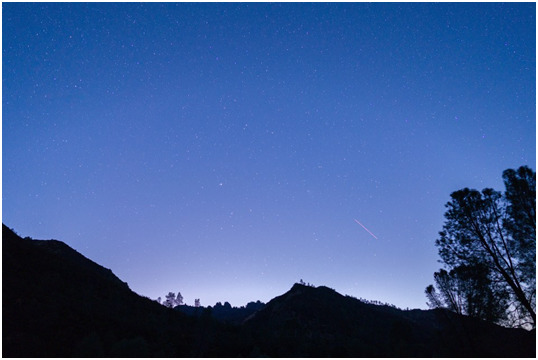
Sony A7RIV + Singh-Ray Astro-Filter 1600 ISO

Sony A7RIV + Singh-Ray Astro-Filter 3200 ISO
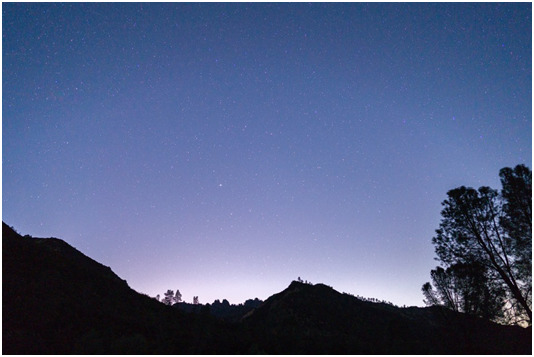
Sony A7RIV + Singh-Ray Astro-Filter 3200 ISO
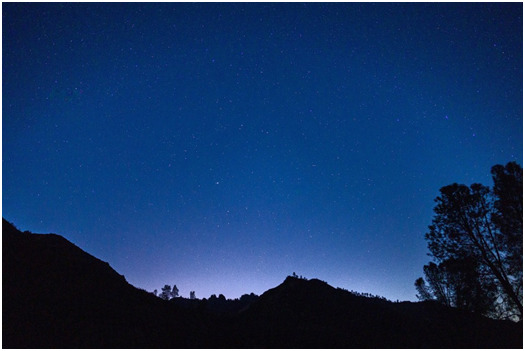
Sony A7RIV + Singh-Ray Astro-Filter 12800 ISO
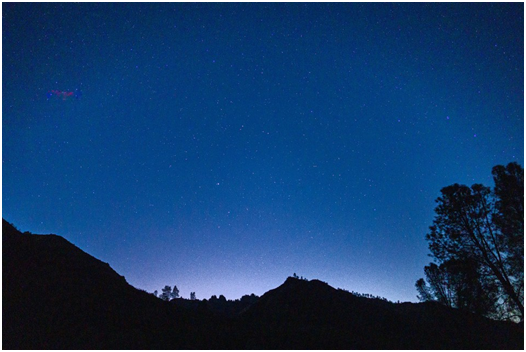
Sony A7RIV + Singh-Ray Astro-Filter 25600 ISO
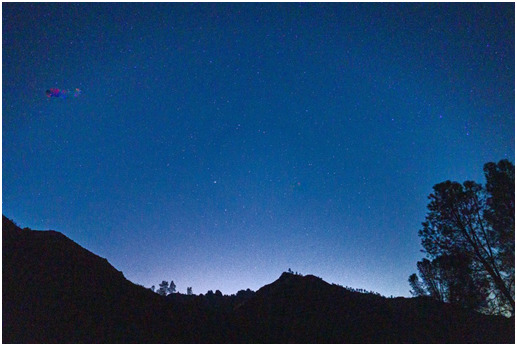
Sony A7RIV + Singh-Ray Astro-Filter 51200 ISO (note sensor heating artifact)
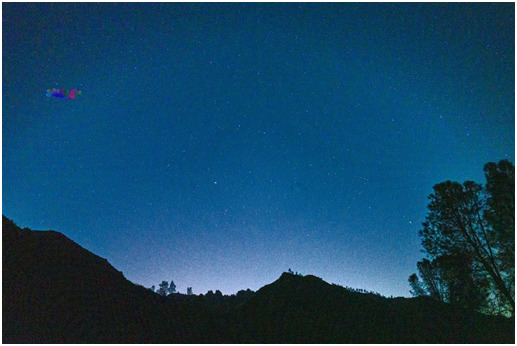
Sony A7RIV + Singh-Ray Astro-Filter 102400 ISO (note sensor heating artifact)
As for the a7RIV, I felt the files were extremely clean up through 1600 ISO. At 3200 – 6400 ISO, noise was evident but was cleaned-up nicely with Topaz DeNoise AI and/or DxOPhotoLab 2’s Prime Noise Reduction. ISO’s were usable all the way to 12,800 ISO and I went three stops more beyond that. Let’s say those are fun ISO’s but not really something I would put out there or hang on a wall.
Overall, I am extremely happy both with how the camera and filter performed.
